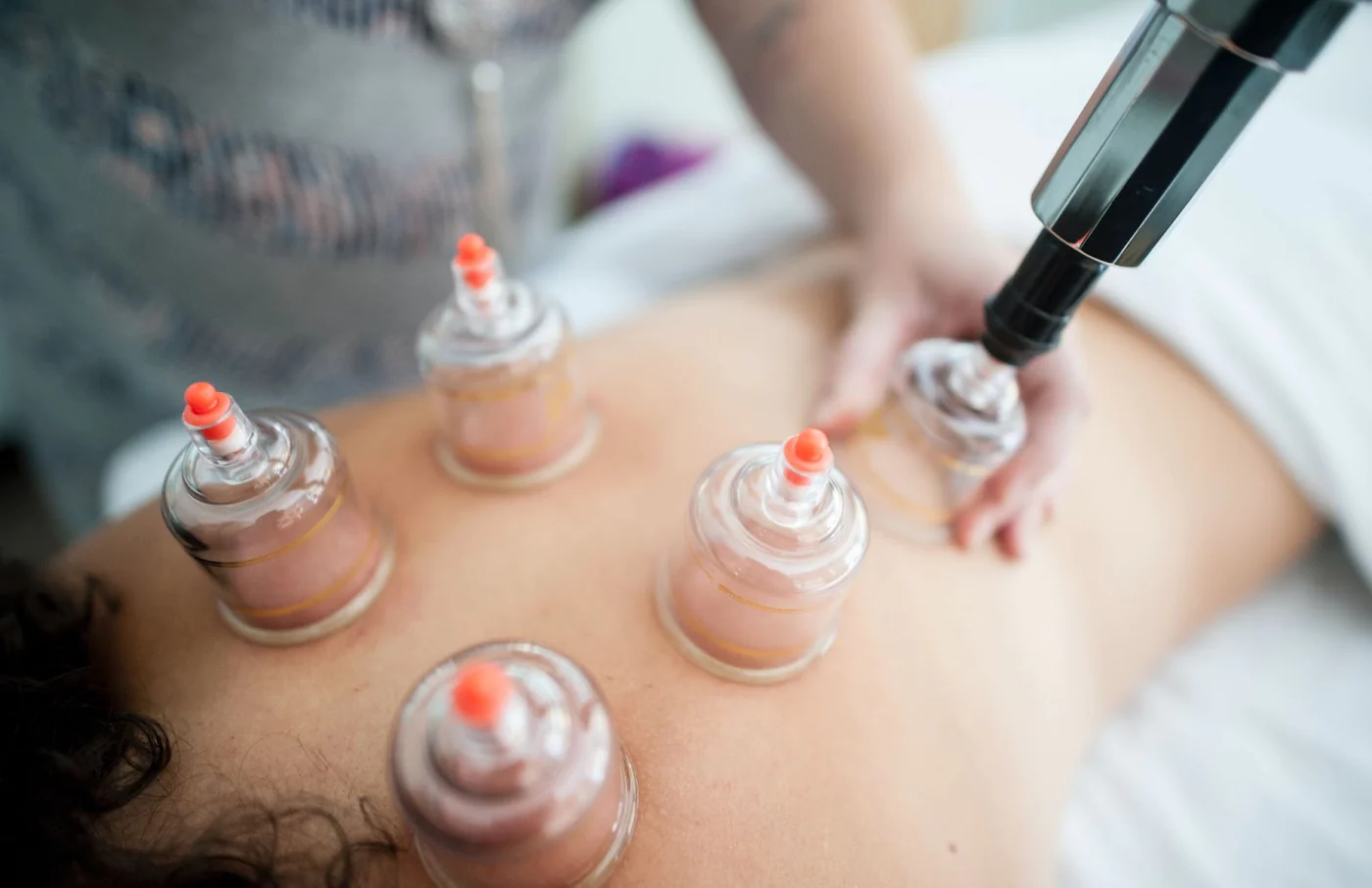
The Ancient Art of Cupping: Does It Really Work and How It Can Help
Cupping therapy, an ancient practice that has been around for thousands of years, has recently gained popularity in the modern world. You may have seen athletes with round marks on their skin or celebrities showcasing their cupping sessions on social media. But does cupping really work, and how can it help? In this article, we will explore the origins of cupping, its potential benefits, and its effectiveness in addressing various health issues.
The Origins of Cupping:
Cupping therapy has deep historical roots and is believed to have originated in ancient China. It was initially used as a method to treat a wide range of ailments, from musculoskeletal problems to respiratory issues. Over the centuries, cupping spread to other cultures, including Egypt, Greece, and the Middle East, each adapting and evolving the practice to suit their medical traditions.
The basic premise of cupping involves placing cups, typically made of glass, bamboo, or silicone, on the skin to create suction. The suction creates a vacuum effect that draws blood to the surface and promotes healing.
Types of Cupping:
There are several types of cupping, each with its own variations in technique and application. The most common forms include:
- Dry Cupping: In dry cupping, cups are placed on the skin without any prior application of heat. The vacuum is created by either mechanically squeezing the cup or using a handheld pump. This form often results in characteristic circular marks on the skin, caused by the temporary capillary rupture known as “petechiae.”
- Wet Cupping: Wet cupping involves making small incisions on the skin before applying the cups. This allows the practitioner to draw a small amount of blood along with other fluids, aiming to remove toxins and stimulate the body’s natural healing processes.
- Fire Cupping: Fire cupping is a traditional form of cupping where a flame is briefly introduced into the cup to heat the air inside. The heated cup is then placed on the skin, and as it cools, it creates suction. This method is often used in traditional Chinese medicine.
Does Cupping Really Work?
The effectiveness of cupping therapy remains a subject of debate among medical professionals and researchers. While anecdotal evidence and many practitioners claim positive results, scientific studies on cupping are limited, and the available evidence is mixed.
Potential Benefits of Cupping:
- Pain Relief: Cupping is believed to alleviate various types of pain, including back pain, neck pain, and muscle soreness. The suction created by the cups may help increase blood flow to the affected area, reducing inflammation and promoting healing.
- Relaxation and Stress Reduction: Many individuals find cupping sessions to be deeply relaxing and stress-relieving. The gentle suction and massage-like effect of cupping can induce a sense of calm and relaxation.
- Improved Circulation: Cupping therapy is thought to enhance blood circulation, which can help oxygenate tissues, remove toxins, and promote overall well-being.
- Detoxification: Advocates of cupping claim that it can aid in the removal of toxins from the body. This is particularly associated with wet cupping, where a small amount of blood is extracted to eliminate harmful substances.
- Respiratory Health: In some cases, cupping has been used to treat respiratory conditions like asthma and bronchitis. By promoting better circulation and reducing inflammation, it is believed to relieve symptoms and improve lung function.
- Skin Health: Cupping is also said to improve the appearance and health of the skin. By increasing blood flow to the skin’s surface, it may promote collagen production and reduce the appearance of scars, cellulite, and fine lines.
Considerations and Risks:
While cupping therapy is generally considered safe when performed by trained professionals, there are some considerations and potential risks to be aware of:
- Bruising and Marks: Cupping often leaves circular marks or bruises on the skin, which can be disconcerting to some individuals. These marks typically fade within a few days to a week.
- Skin Sensitivity: Cupping may not be suitable for individuals with highly sensitive or damaged skin. It’s important to consult with a healthcare provider before undergoing cupping therapy.
- Infection Risk: When incisions are made for wet cupping, there is a risk of infection. Ensuring that sterile equipment is used and following proper hygiene procedures is crucial.
- Limited Scientific Evidence: As mentioned earlier, the scientific evidence supporting the effectiveness of cupping for various health conditions is limited. Its benefits are largely based on traditional and anecdotal claims.
Conclusion:
Cupping therapy, with its long history and widespread use in various cultures, continues to pique the interest of those seeking alternative approaches to health and wellness. While many individuals report positive outcomes and experiences with cupping, its scientific validation remains a subject of ongoing research and debate.
If you are considering cupping therapy, it is advisable to consult with a qualified and experienced practitioner who can assess your specific needs and address any concerns you may have. Ultimately, the decision to try cupping should be based on individual preferences, health goals, and a balanced understanding of its potential benefits and limitations.







